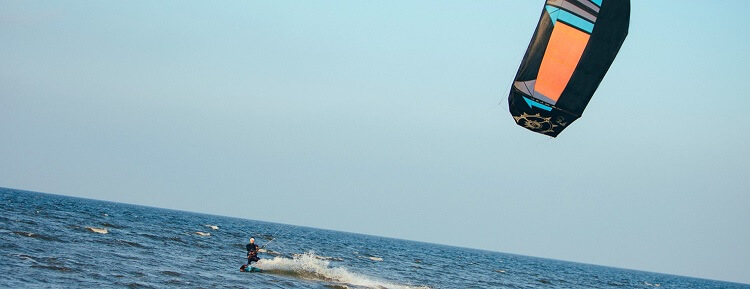
We have collected a lot of useful information about Kitesurf Aerodynamics. The links below you will find everything there is to know about Kitesurf Aerodynamics on the Internet. Also on our site you will find a lot of other information about kitesurfing, wakeboarding, SUP and the like.
Aerodynamics of a Kite - NASA
- https://www.grc.nasa.gov/WWW/k-12/airplane/kiteaero.html
- May 05, 2015 · Aerodynamics of a Kite An excellent way for students to gain a feel for aerodynamic forces is to fly a kite. Kites fly because of forces acting on the parts of the kite. Though kites come in many shapes and sizes, the forces which act on the kite are the same for all kites.
Aerodynamics of a kite – Kitesurfing Mallorca
- https://kitesurfingmallorca.com/en/why-kites-fly/
- A kite is an aerodynamic profile with a specific design to take maximum advantage of the forces that originate in the upper and lower surface of the same by the variations of speed and pressure that will be created by the wind when this profile is in a stream of air.
Kite - Aerodynamics Britannica
- https://www.britannica.com/topic/kite-aeronautics/Aerodynamics
- Aerodynamics Regardless of the design, a kite must conform to the laws of aerodynamics and embody three fundamental characteristics: an aerodynamic structure to gain lift from the wind, a tether to keep it from blowing away, and a bridle to direct the kite face at the proper angle to the wind.
Physics of Kitesurfing HowStuffWorks
- https://adventure.howstuffworks.com/outdoor-activities/water-sports/kitesurfing3.htm
- Since a kite is heavier than air, it needs the motion of the wind to generate the aerodynamic forces of lift and drag. The movement of the air flowing past the kite creates drag, while the lift is the movement perpendicular to the wind. The interaction of these forces determines how well the kite will fly.
The Science of Flying A Kite » Science ABC
- https://www.scienceabc.com/pure-sciences/physics-kite-flying-how-to-make-aerodynamic-structure.html
- Dec 12, 2019 · Forces involved in kite-flying Anything that flies in the air with the hope of staying airborne for more than a few seconds experiences a host of physical forces, including aerodynamic lift, drag, weight and thrust, all of which are supplied by different factors. For an object to stay airborne, it must maintain a neat balance between these forces.
Physics Of Kite Flying
- https://www.real-world-physics-problems.com/physics-of-kite-flying.html
- Both lift and drag are unavoidable consequences of the aerodynamics involved. You cannot have one without the other. Since the lift force acting on a kite is usually quite small, they must be made of very light and rigid material to get airborne and stay in one piece.
Kite Lift Equations - NASA
- https://www.grc.nasa.gov/WWW/k-12/airplane/kitelift.html
- May 05, 2015 · The aerodynamic lift of your kite depends directly on the surface area of the kite. You first learn how to compute the area for a geometric shape while you are in middle school. The surface area depends on the particular design of your kite.
Kite aeronautics Britannica
- https://www.britannica.com/topic/kite-aeronautics
- Flown without tails that would hinder their agility, these highly maneuverable flat kites have a length of cutting line coated with an abrasive attached to the bridle (see below Aerodynamics), which is then tied to a light cotton flying line.
How to Kitesurfing - How does a Kite pull you? Tutorials ...
- https://www.youtube.com/watch?v=URMQ9BKE_mc
- May 21, 2017 · Kite Shapes Explained (Bow, Delta, C kite, Hybrid, Flat, Aspect Ratio, Buying Choices etc) - Duration: 11:06. Kite-Surf-College Tutorials and Tricks 53,827 views 11:06Author: Kite Bud
We hope you found Kitesurf Aerodynamics info you were searching for.
Kiteboarding is a wonderful sport and a fun pastime. Find all the information you need on our website and get started!